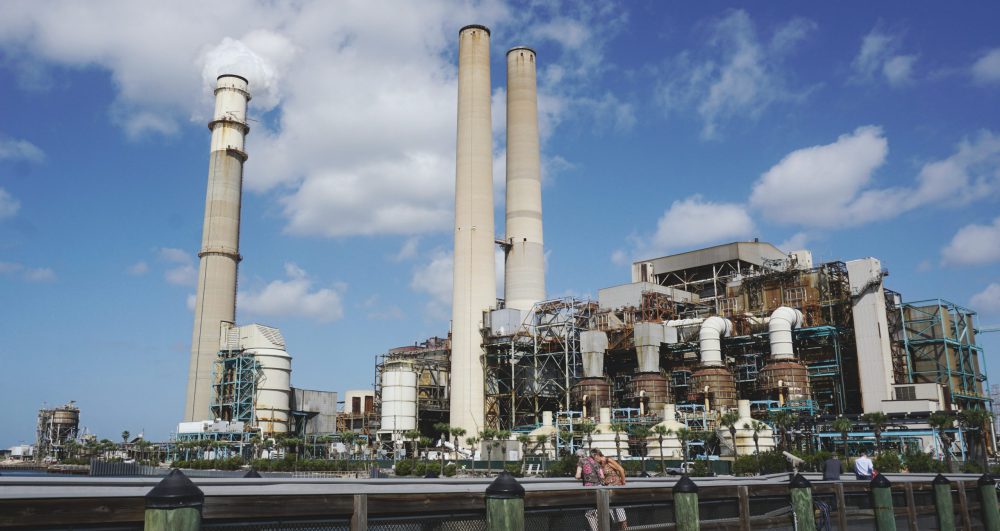Proster articles - sources of professional knowledge
Industry knowledge compiled by specialists for specialists. Benefit from the experience of our experts.
Company energy audit

Enterprise energy audit as the first step in reducing long-term energy costs?
Analysing contemporary trends, especially those emerging in the wave of widely understood pro-environmental activity of enterprises, it is worthwhile to take a look at the thread of energy audit, as a starting point for rationalisation of costs of consumed energy – both in the micro- and macroscales. The current National Energy and Climate Plan calls for:
a. 7% reduction in greenhouse gas emissions in non-ETS sectors compared to 2005 levels,
b. 21-23% share of RES in gross final energy consumption considering:
- 14% share of RES in transportation,
- An annual increase of 1.1 percentage points in the share of RES in heating and cooling. average per year.
c. A 23% increase in energy efficiency compared to PRIMES2007 forecasts,
d. Reducing to 56-60% the share of coal in electricity generation.
There are many tools to achieve these objectives, and one of them is the so-called energy audit, which in Poland follows directly from the provisions of the Act on Energy Efficiency of 20th May 2016, obliging companies to prepare a document every 4 years (applies to companies with more than 250 employees). According to the law, the company’s energy audit:
- should be carried out on the basis of up-to-date, measurable data,
- applies to buildings, transportation and processes,
- focuses 90% of the total energy consumed by the company,
- is based on life-cycle cost analysis,
- includes analyses of opportunities for pro-efficiency measures.
A well-conducted audit will find answers to the following questions:
- how much are the fuel and energy costs?
- what is the share of fuel and energy costs in production costs?
- where is the most energy consumed (in which equipment and process nodes)?
- what is the degree of environmental impact, and how much is its cost?
- is the consumption of the energy carriers in question in the daily cycle (electricity, district heating, natural gas) known and is the type of tariff accurately selected for the maximum hourly consumption during the day?
- was the correct choice of energy supplier made?
- is there a person responsible for energy management in the company?
- is it known where there is the greatest opportunity to reduce energy consumption?
- are changes in energy consumption monitored?
Smaller companies are exempt from this obligation, but there is no obstacle to them also carrying out such an analysis. Energy consumption in an enterprise with 40 employees can be a comparably high fraction of an entity’s overhead costs, as in the cases of large enterprises operating in energy-intensive sectors such as construction, manufacturing, energy or transportation. An in-depth analysis will identify sources of losses, excessive energy consumption and high energy and heat costs, and develop a well-thought-out energy management system for the enterprise.
Bibliography:
- Slawomir Pasierb, Szymon Liszka, Mariusz Bogacki, Arkadiusz Osicki, Piotr Kukla, Tomasz Zieliński, Efektywne wykorzystanie energii w firmie – poradnik, Polish Agency for Enterprise Development Publishing, Warsaw 2009, p. 8.
- https://www.gov.pl/web/aktywa-panstwowe/krajowy-plan-na-rzecz-energii-i-klimatu-na-lata-2021-2030-przekazany-do-ke
- http://isap.sejm.gov.pl/isap.nsf/download.xsp/WDU20160000831/U/D20160831Lj.pdf